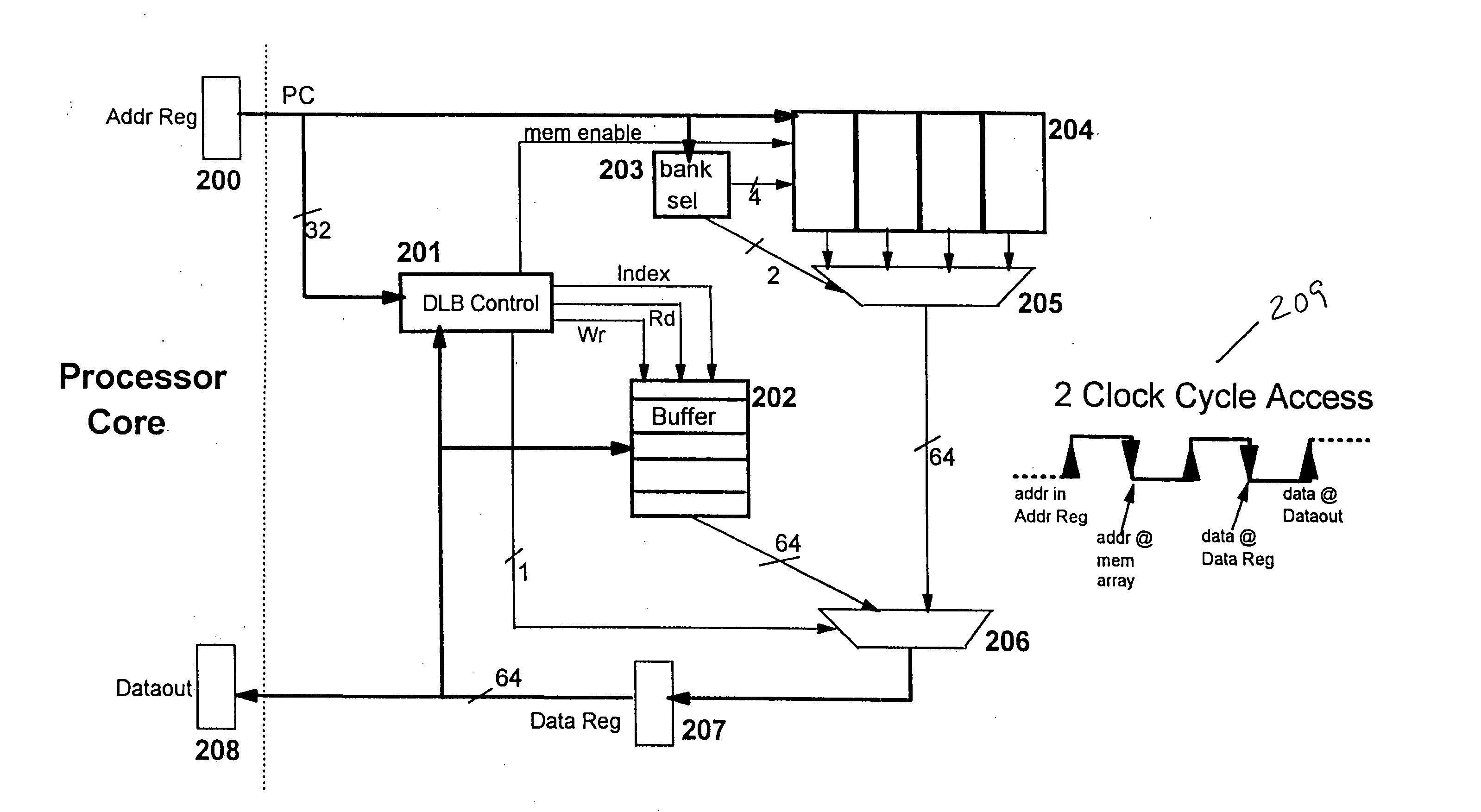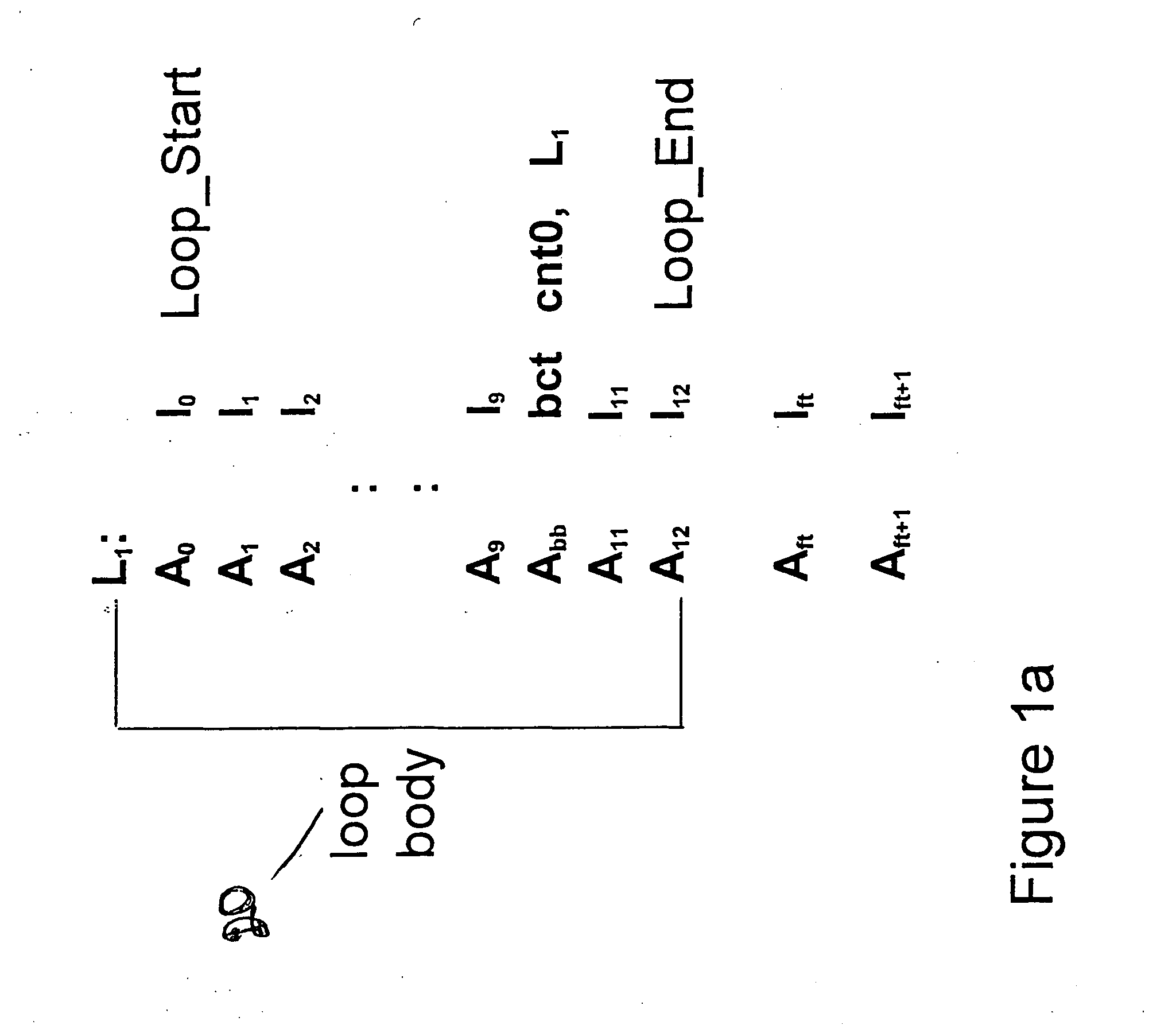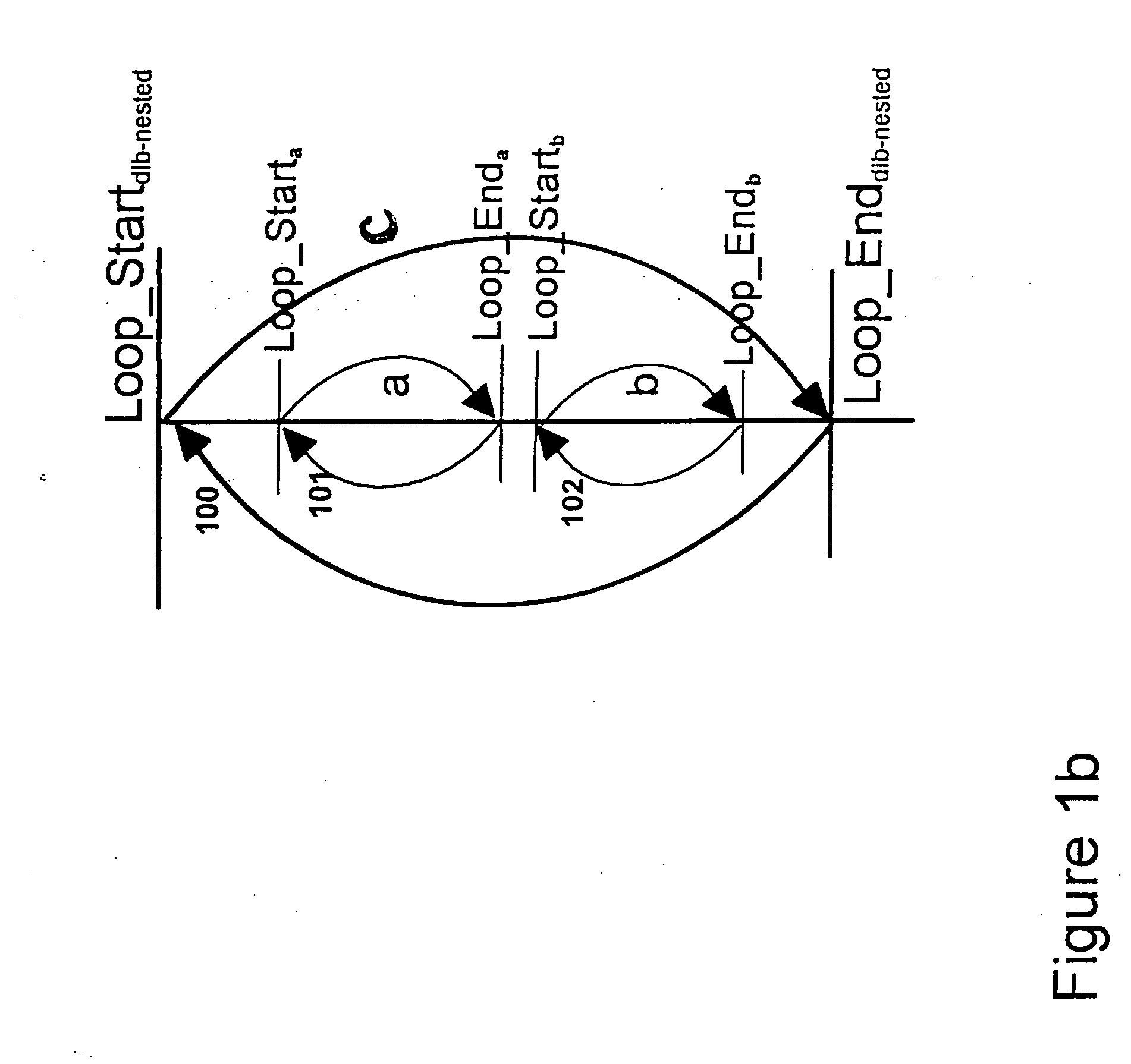System and method for instruction memory storage and processing based on backwards branch control information
a memory storage and instruction technology, applied in the field of instruction fetch processing and storage in the microprocessor architecture, can solve the problems of performance and energy consumption, disproportionate energy consumption of memory structures, and significant amount of energy consumption
- Summary
- Abstract
- Description
- Claims
- Application Information
AI Technical Summary
Benefits of technology
Problems solved by technology
Method used
Image
Examples
Embodiment Construction
[0034] Hereinafter, preferred embodiments of the present invention will be described with reference to the accompanying drawings. In the following description of the present invention, a detailed description of known functions and configurations incorporated herein will be omitted when it may make the subject matter of the present invention rather unclear.
[0035] In reducing energy consumption of a fetch instruction in microprocessor systems executing instructions in a loop, the invention uses a small instruction buffer called the dynamic loop buffer (DLB) and a supporting DLB controller. The DLB has no address tag and its contents and capacity are monitored and managed by the DLB controller. The DLB is placed in parallel with a primary instruction memory unit not in a data path. During each cycle, instructions are either supplied from the DLB or the primary memory unit to a microprocessor execution core. For each instruction request only one of two memory units is accessed while th...
PUM
 Login to View More
Login to View More Abstract
Description
Claims
Application Information
 Login to View More
Login to View More - R&D
- Intellectual Property
- Life Sciences
- Materials
- Tech Scout
- Unparalleled Data Quality
- Higher Quality Content
- 60% Fewer Hallucinations
Browse by: Latest US Patents, China's latest patents, Technical Efficacy Thesaurus, Application Domain, Technology Topic, Popular Technical Reports.
© 2025 PatSnap. All rights reserved.Legal|Privacy policy|Modern Slavery Act Transparency Statement|Sitemap|About US| Contact US: help@patsnap.com



